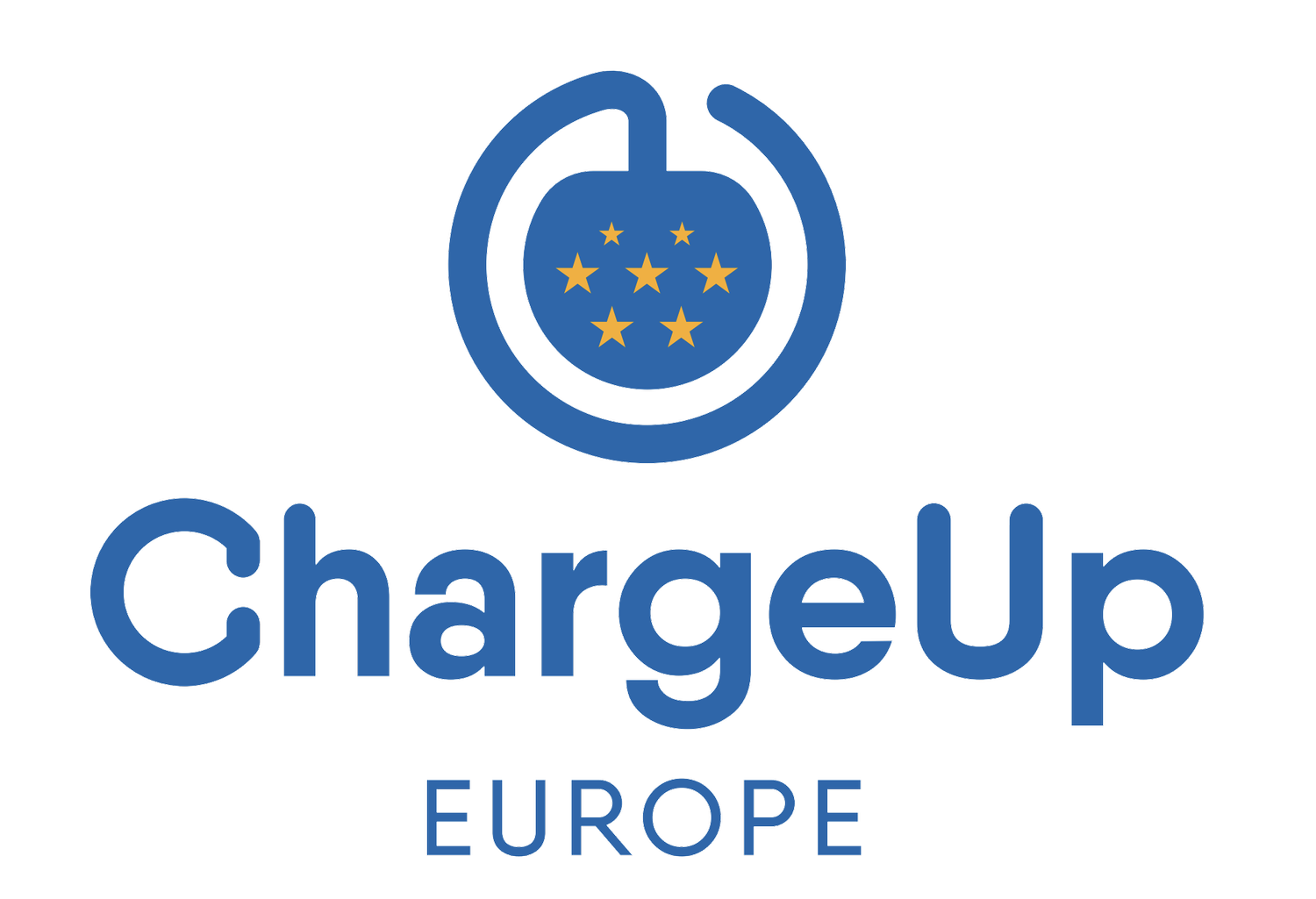
Our Positions
EV charging issues cross many policy areas - Consumer affairs, energy, IT & cyber, automotive, manufacturing, and many more.
Search below or use our filters to find our position papers on the topics of interest to you.
Access to In-vehicle Data for EV Charging: Consumer and Grid Benefits
ChargeUp Europe strongly supports the upcoming Commission’s proposal on access to in-vehicle data. Significant benefits to both drivers and energy system will be unlocked as a result of fairer and better sharing of vehicle data with third parties. Effective legislation could ensure an improved experience for consumers, and at the same time enable value-added services to help balance the electricity grid and manage energy consumption.
ChargeUp Europe calls the European Commission to:
Establish EU Regulation that creates a level playing field for access to in-vehicle data, improving consumer choice and experience by enabling CPOs and other third parties to offer high-quality charging services.
Consider the devastating disadvantage of a lack of such level playing field to the EU consumers and the electricity grid, resulting in slower uptake of EVs and inefficient grid upgrades.
Read the paper, here.
“Action Plan to Facilitate Grids Rollout”: The EV Charging Perspective
ChargeUp Europe calls for:
Fixing permitting: EU legislation should establish a dedicated, permanently simplified permitting procedure for EV charging projects, including: a/ a mandatory permitting framework; b/ simplified permitting processes; c/ binding deadlines to public authorities delivering permits; d/ a one-stop shop concept. In addition, a regulatory framework allowing DSO to prioritise grid connection requests coming from some actors (meeting defined climate and social criteria) must be established, reforming the “queue” system by creating a parallel, “fast lane” for them.
Updating governance: Energy governance needs to evolve, with a/ more direct role on steering implementation from the EU level; b/ a High Representative for Electrification and Grid Modernisation in the new Commission; c/ a Joint Office of Transportation and Energy (as in the US); d/ a regulatory framework requiring National Regulatory Authorities (NRAs) to step in to design national solutions.
Designing pragmatic workarounds to alleviate labour shortages: NRAs should provide for the expansion of certified parties (e.g. technicians and electricians) allowed to work independently on grid connected infrastructure, as a stop-gap measure until more staff are available at DSOs to perform technical tasks such as connections.
Why EV charging?
EV charging, even among Distributed Energy Resources (DER), is perhaps the most distributed. Normal and high power charging locations are deployed all over – public parking lots, highway rest areas, hotels and restaurants, homes and apartment buildings, gyms and malls, logistic or sports centres, etc. Unlike even rooftop solar and heat pumps which are connected to a house or construction site which may take a year or two to build, EV charging stations can be installed and connected in far less time (not counting the associated grid connection work). Due to this extremely distributed nature and relatively short project timeline (from the CPO side) the permitting and process needs of EV charging are different from those of energy generation projects and even other DERs. Properly enabling this sector to scale widely and rapidly is essential to the EU meeting its climate targets. This paper outlines recommendations for the “Grid Action Plan” to do just that.
Hook Us Up! Simplifying and Accelerating the Grid Connection and Permitting Process for EV Chargers
A successful transition to e-mobility requires a quick deployment of large amount of EV charging infrastructure, for which grid connections represent the single largest bottleneck.
What benchmarks would an efficient and fit for purpose grid connection permitting process look like?
✔ Standardization of steps and procedures
✔ Transparency at all stages
✔ Predictability of outcomes
✔ Harmonisation of the process across Europe
✔ Speed in the time between requesting a permit and realising the connection to the grid
To find out how Charge Point Operators, Distribution System Operators and public authorities can better work towards these objectives while making the best of current limited resources and shrinking timelines, read the paper here.
Recently, we also published an open letter on the same issue, bringing together a coalition of over 20 CPOs from the EU who are united in their voice on the way forward in tackling this single largest bottleneck in rolling out charging infrastructure. Have a look at our campaign page, and if you are a concerned CPO, sign the letter!
